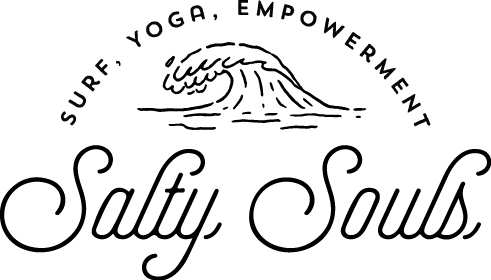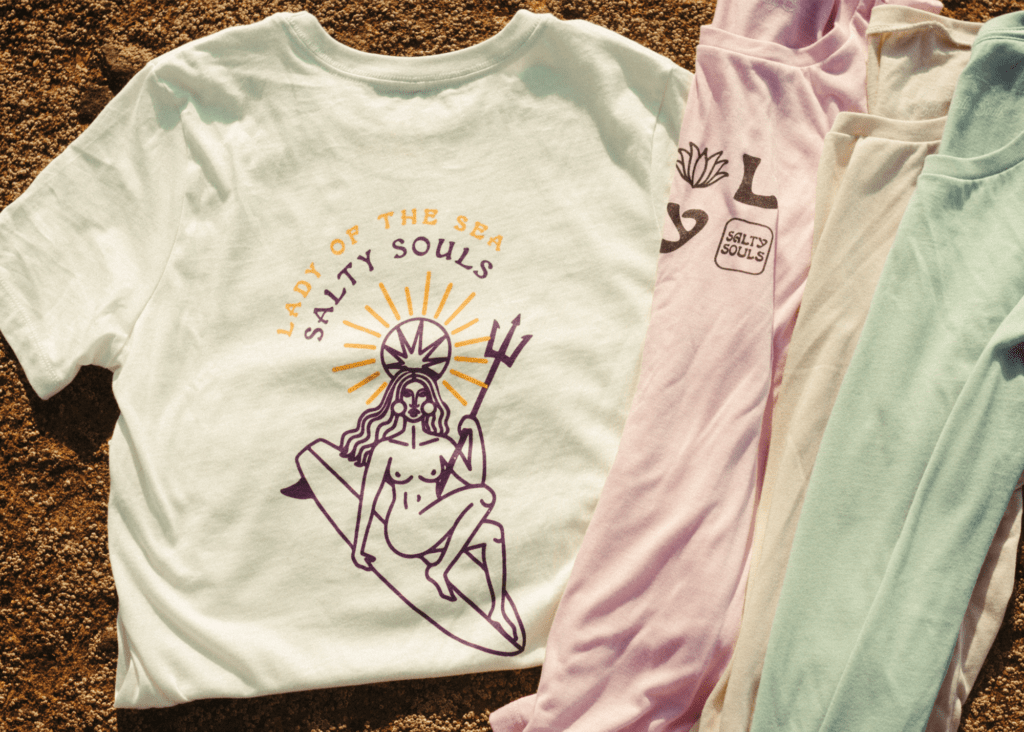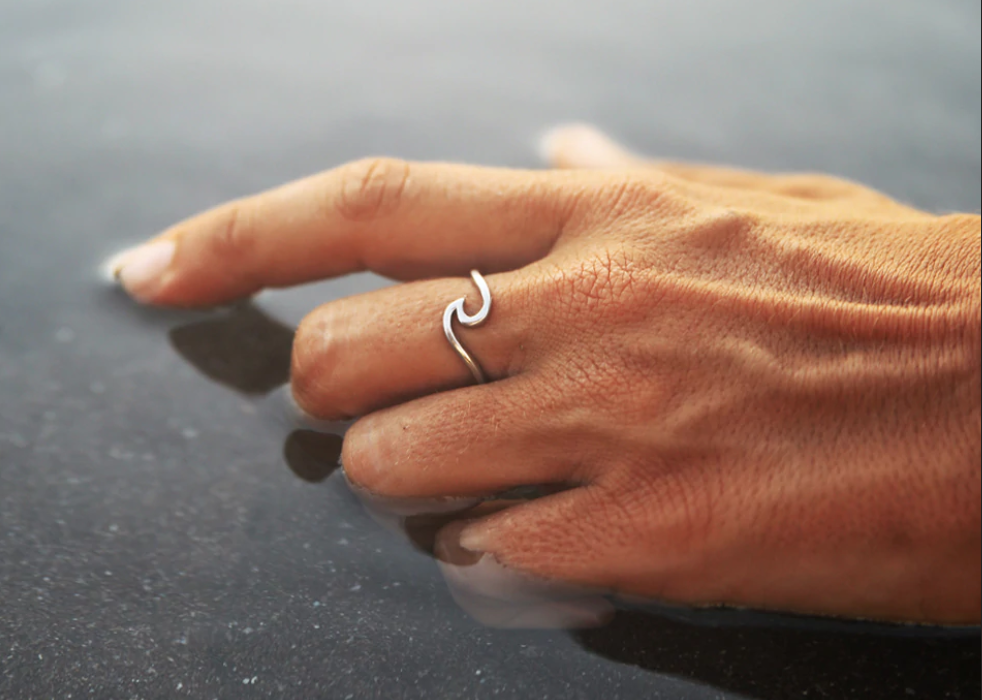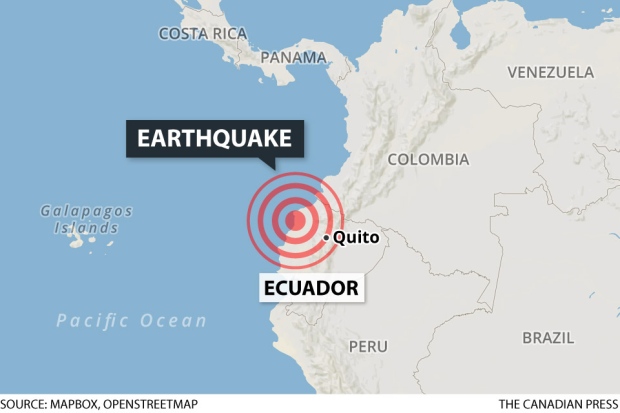I’ve lately found myself questioning why letting go of what hurts us is such a difficult process, only to realize that it’s often because we don’t want to. We too often choose to tightly grasp to suffering because it is comfortable and validates our pain.
How then, does one begin to let go?
Step 1: Let events run their course
I recently asked a dear friend:
“How do you let go of the things that hurt you? How can you get your heart to align with your mind?” To which, without a beat of hesitation, she answered:
“Time.”
Her simple answer took me by surprise. While it is true that time loosens our grip over pain, how much time is completely contingent on our willingness to allow events in our lives to run their course. The more we fight against the natural progression of events, the harder it becomes to move past them when they don’t go as anticipated.
Life events only have the power to emotionally chain us when we stubbornly hold on to the belief that things were supposed to go our way. What we too often fail to recognize is that when we stop taking events personally – that is, believing that they are unfair or shouldn’t have happened to us – we let go of the power they hold over our well-being. We cease being the effect of a situation (i.e. something bad happens, so we suffer), and reclaim the ability to become the cause (i.e. we’re happy and what happens next will be seen through that lens).
Step 2: Disassociate from your pain
It’s bizarre how we wear our personal struggles like a badge of honor, as proof of how much we’ve suffered and overcome. Our life stories are peppered by elaborate tales of the people who hurt us, the injustices we were subjected to, and all those times that we were “right” and no one saw it. We naturally tend to deflect responsibility over the course of these events from ourselves, as it gives us the freedom to shape our story as we wish to see it. After all, a story that is not embellished by struggle couldn’t be as deliciously interesting or entertaining.
Letting go of what hurts us can be a threat to our very identity as it asks us to disassociate from our pain and the battle we underwent to earn it. We give up the freedom to blame others, to believe life is unfair to us, and to stubbornly hold on to opinions out of principle rather than accuracy. The truth is, remaining trapped in the prism of our problems – even when it is more beneficial to let them go – is comfortable. Our mind does not want to give up the familiarity of suffering, and it deeply fears loss more than the possibility of gain.
Buddha once said, “You can only lose what you cling to.” Letting go of the emotional attachments that cause our issues may feel like losing a piece of ourselves. Yet, who we are is not diminished by our lack of problems to identify with. On the contrary, when we cease to be dominated by our ego – the “self” and the corresponding story that we have crafted over the years – we set ourselves free. We let go of moldy beliefs, outdated emotions, and biased expectations, and as a result we cease experiencing loss.
Step 3: Take a tiny leap of faith
Much of the pain that keeps us from letting go is rooted in a fear that what’s on the other side isn’t better than what we know and have right now. If we can break away from that fear, we will find that almost every time, something better does come along to replace what we left behind.
Perhaps letting go is so difficult because it requires surrendering to the unknown. While suffering’s intimacy and familiarity makes it comforting to keep around, the unknown cannot be grasped or understood. We cope with fear far better than with uncertainty, and so we naturally recoil from what we don’t know.
The art of letting go asks us to blindly yet faithfully entrust that the emptiness ahead of us is okay, even when it may seem terrifying. The fear loosens its hold once we realize that we are masters of our own happiness, and letting go gifts us the blank space to construct it. Infinite possibility and self-liberation lies beyond the comforts of our suffering – we won’t know just how much until we take the leap.









